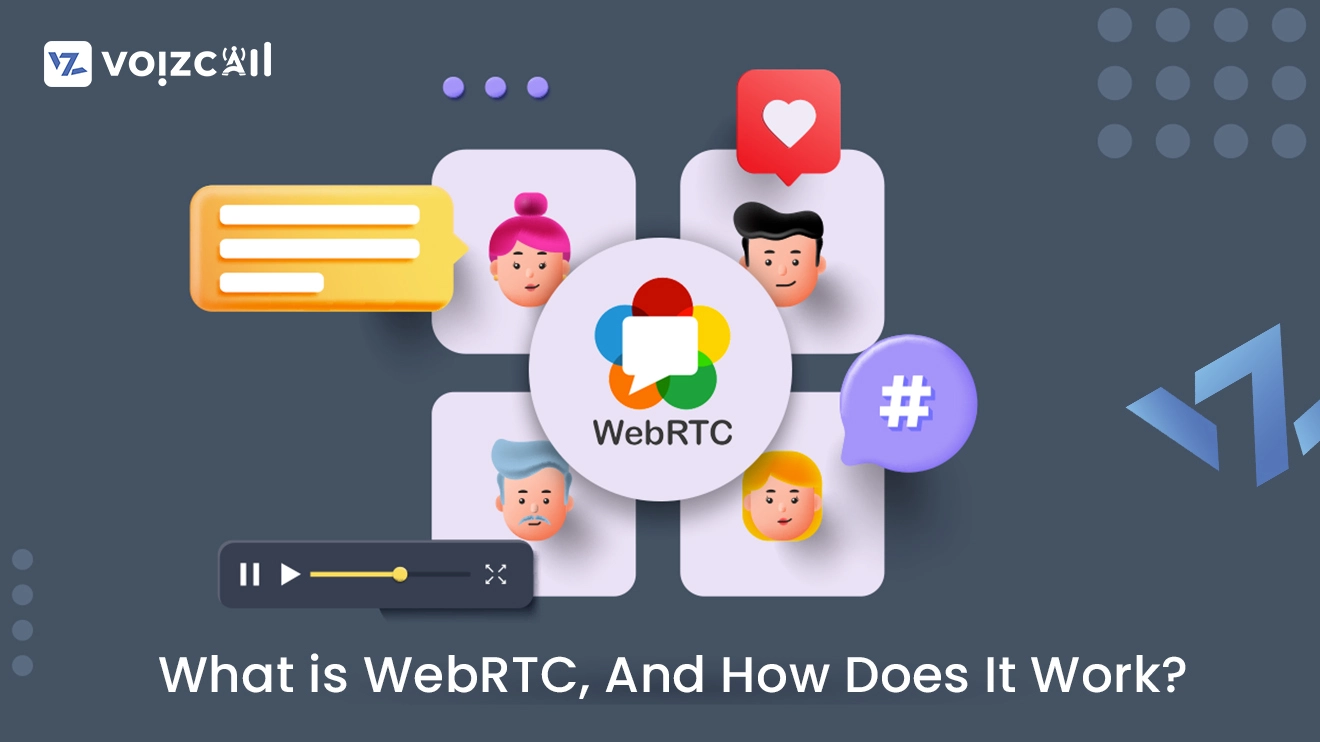


29/Jan/2024
WebRTC, or Web Real-Time Communication, is a transformative technology that enables real-time communication directly in web browsers without the need for additional plugins or software. It empowers developers to integrate voice and video communication, as well as data sharing, into web applications effortlessly.
Understanding WebRTC Components:
1. Media Stream API: WebRTC leverages the MediaStream API to access audio and video data from a user's device, facilitating seamless integration of these elements into web applications.
2. RTC Peer Connection: The RTCPeerConnection component manages the communication between browsers. It establishes a direct connection, allowing users to exchange audio, video, and data in real-time.
3. RTC Data Channel: For non-media data sharing, WebRTC employs the RTCDataChannel. It enables the exchange of arbitrary data between peers, extending the capabilities beyond audio and video communication.
How WebRTC Works:
1. Signaling: Before establishing a direct connection, WebRTC requires a signaling process. This involves exchanging information about network addresses and session control messages. However, WebRTC does not mandate a specific signaling protocol, leaving it to developers to choose based on their application needs.
2. ICE (Interactive Connectivity Establishment): To navigate the complexities of various network topologies, WebRTC uses ICE. It identifies the most efficient communication path by gathering and assessing network information.
3. STUN (Session Traversal Utilities for NAT): STUN servers assist in discovering public IP addresses and evaluate network configurations. This is crucial for overcoming the challenges posed by firewalls and NAT devices.
4. TURN (Traversal Using Relays around NAT): In cases where direct communication encounters obstacles, TURN servers act as relays. They facilitate data relay between users when a direct peer-to-peer connection is not feasible.
Conclusion:
WebRTC revolutionizes online communication by providing developers with powerful tools for creating interactive, real-time applications. Whether for video conferencing, file sharing, or collaborative editing, WebRTC's simplicity and versatility make it a game-changer in the realm of web development. Embracing WebRTC opens doors to a new era of immersive, peer-to-peer online experiences.